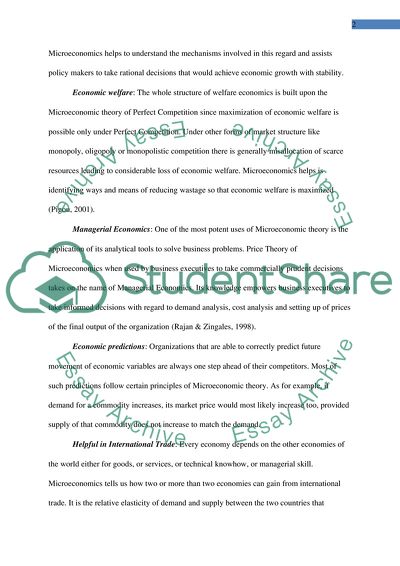Cite this document
(“Micro & Macroeconomics and their impact on daily life Essay”, n.d.)
Retrieved from https://studentshare.org/macro-microeconomics/1408577-micro-macroeconomics-and-their-impact-on-daily-life
Retrieved from https://studentshare.org/macro-microeconomics/1408577-micro-macroeconomics-and-their-impact-on-daily-life
(Micro & Macroeconomics and Their Impact on Daily Life Essay)
https://studentshare.org/macro-microeconomics/1408577-micro-macroeconomics-and-their-impact-on-daily-life.
https://studentshare.org/macro-microeconomics/1408577-micro-macroeconomics-and-their-impact-on-daily-life.
“Micro & Macroeconomics and Their Impact on Daily Life Essay”, n.d. https://studentshare.org/macro-microeconomics/1408577-micro-macroeconomics-and-their-impact-on-daily-life.


